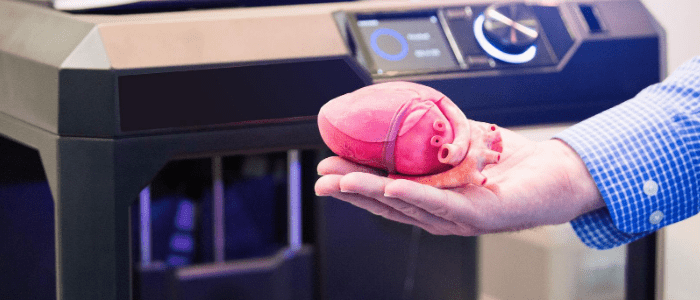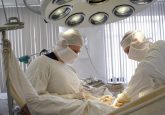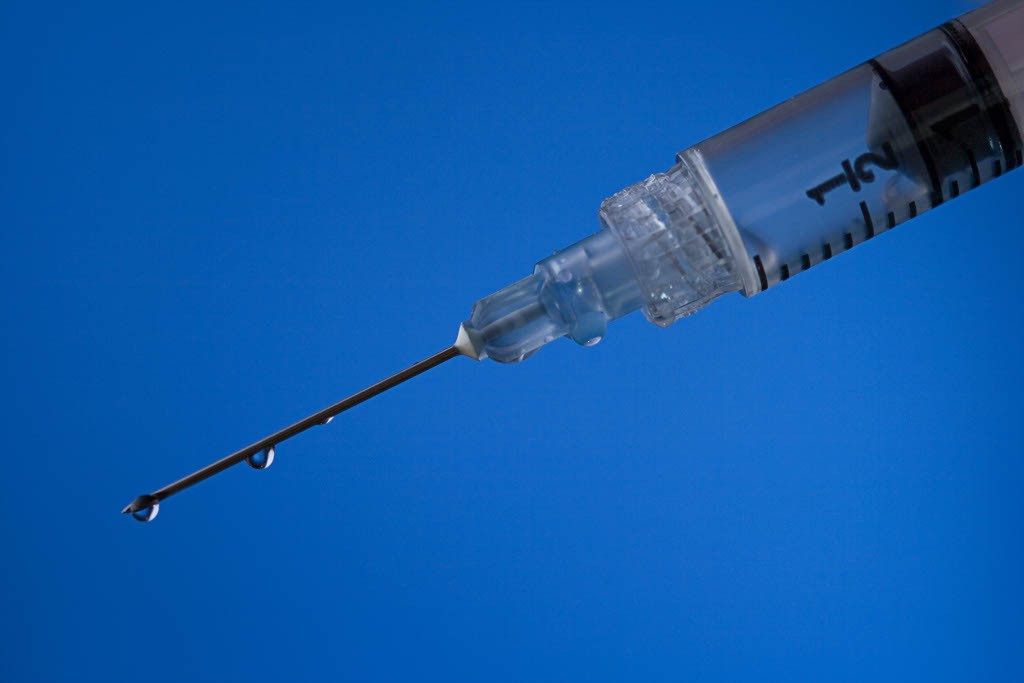3D printing and machine learning used to identify risk factors for congenital heart defect

A team of researchers, including members from the Lawrence Livermore National Laboratory (CA, USA), has used 3D printing and machine learning in an effort to better understand risk factors for coarctation of the aorta, one of the most common congenital heart defects. By combining 3D printing, machine learning and high-performance computing simulations, the team has reported the accurate modelling of blood flow in the aorta, enabling the team to predict the impact of exertion, elevation and pregnancy on coarctation of the aorta. Described in Scientific Reports, the project represents one of the largest simulation studies of coarctation of the aorta,...





